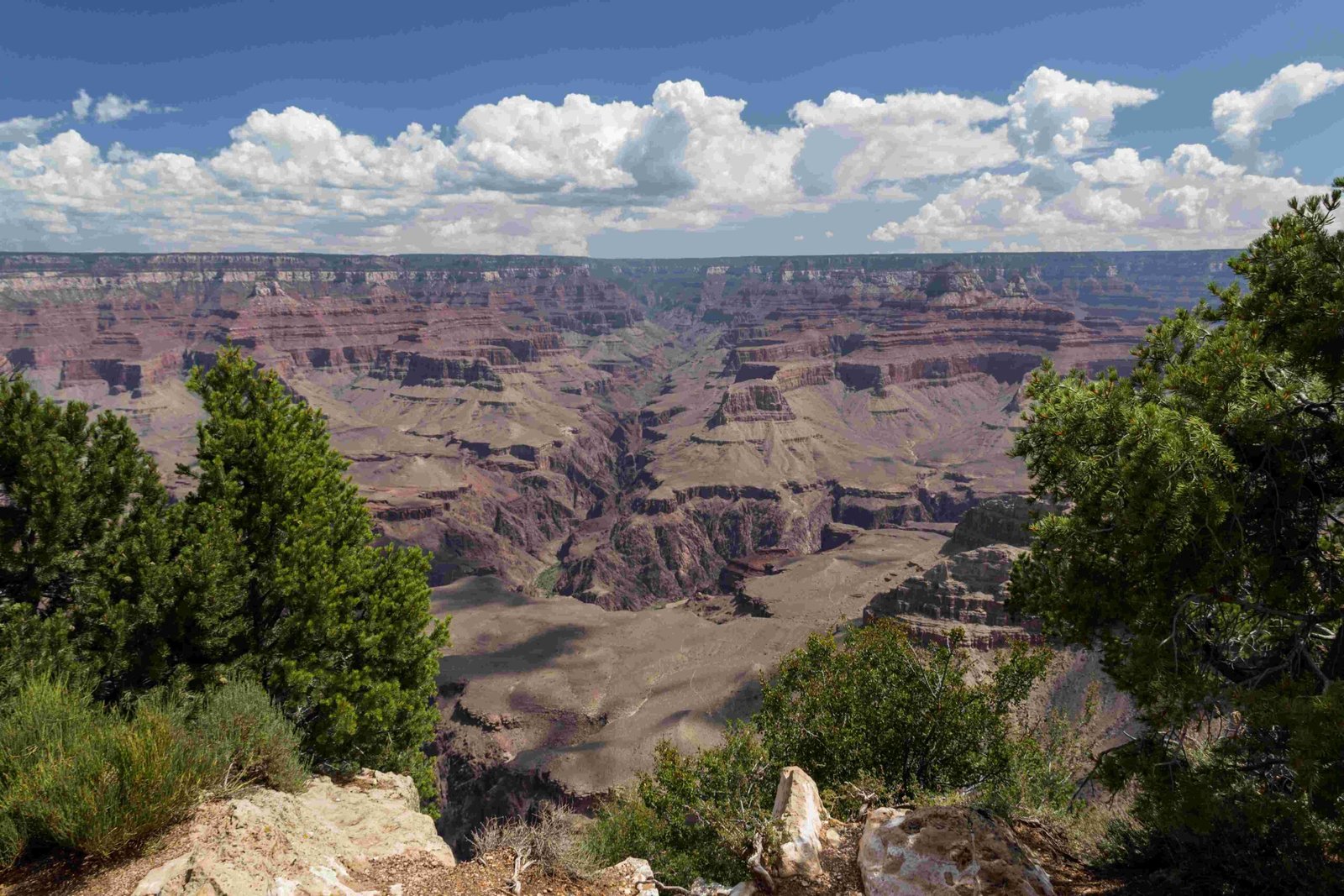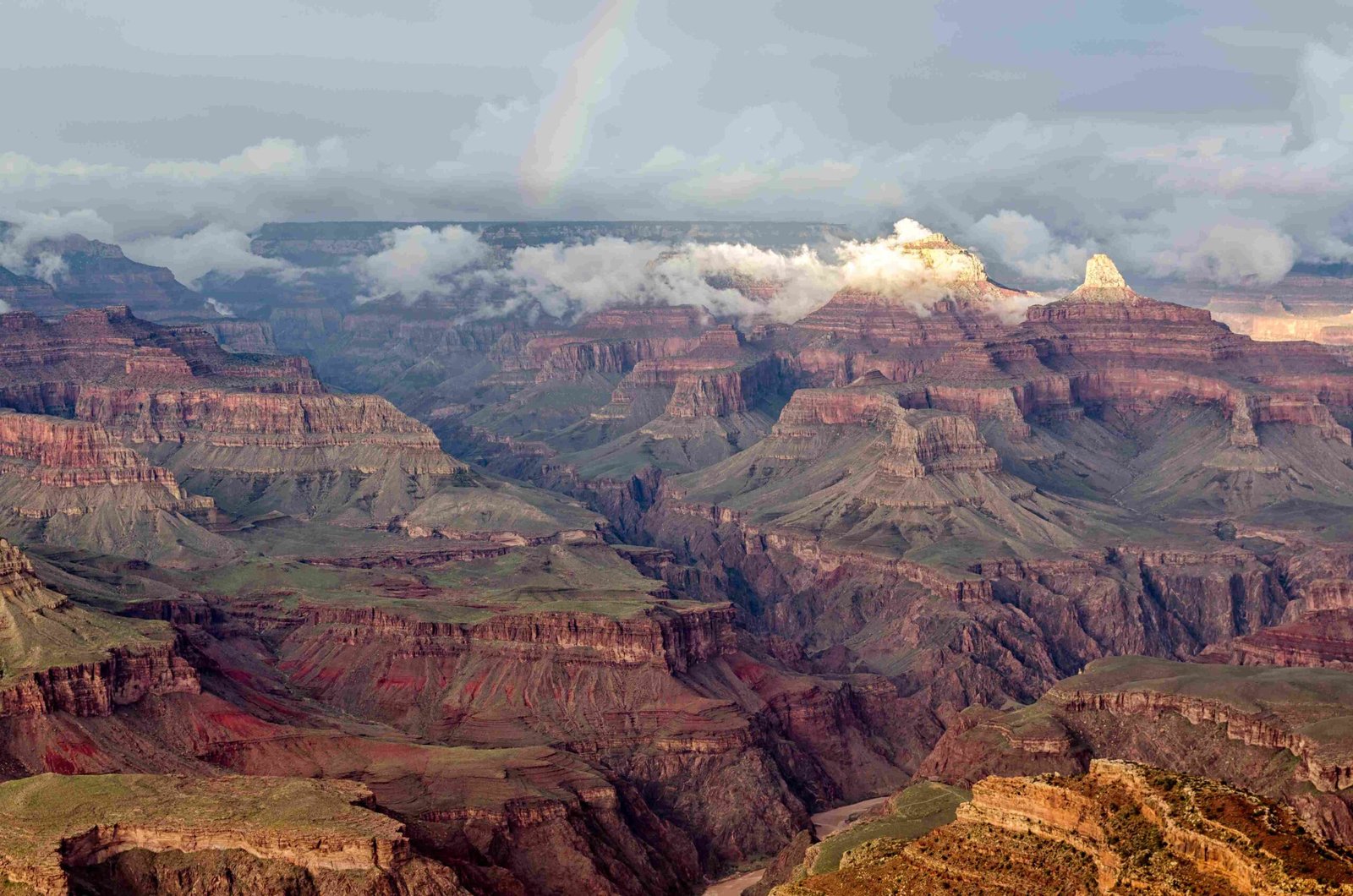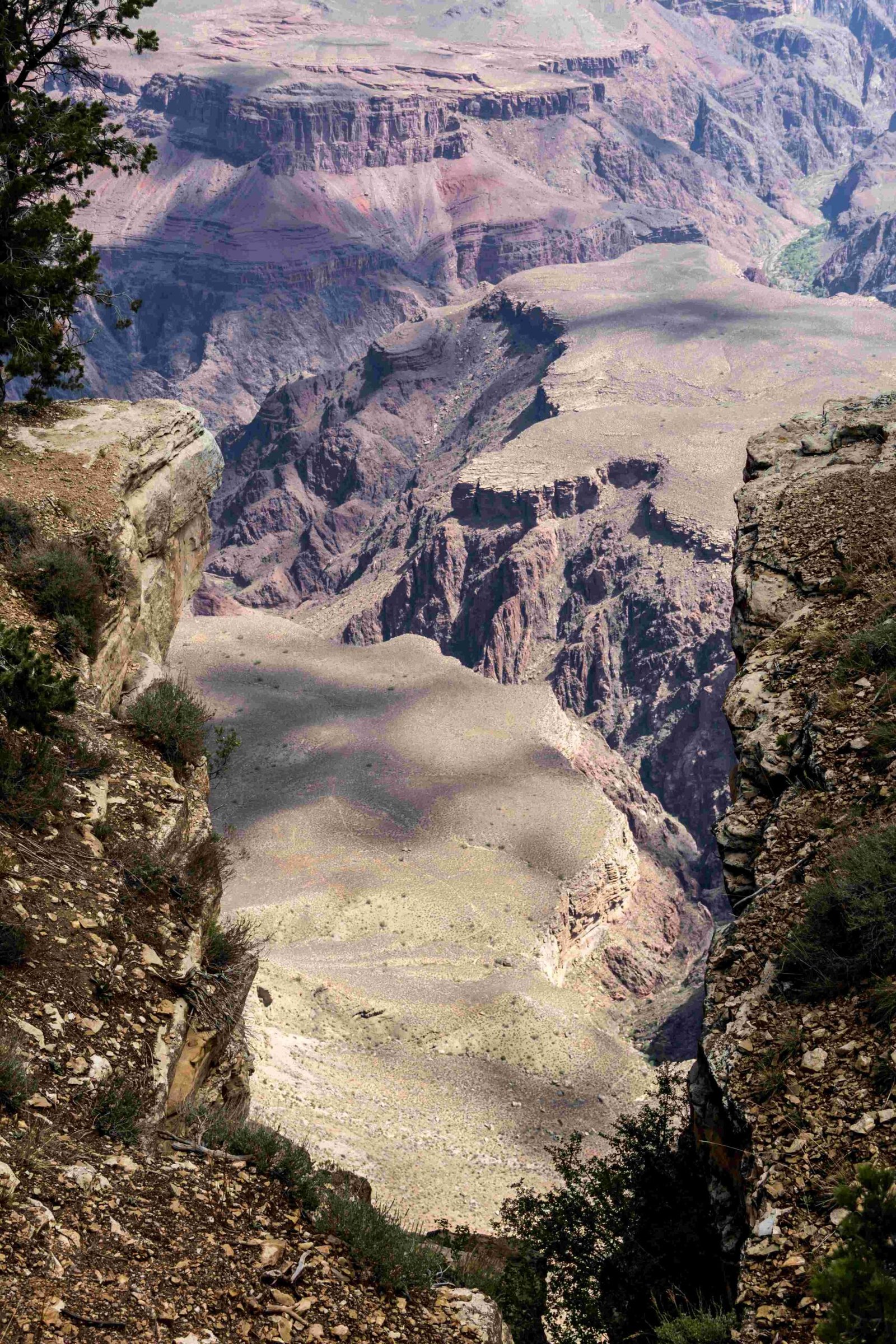The Grand Canyon to Marble Canyon route represents a geological marvel spanning approximately 100 miles, offering adventurers an unparalleled exploration of Arizona’s most dramatic landscape. This extraordinary corridor connects two remarkable geological regions, presenting hikers, geologists, and nature enthusiasts with diverse terrain, stunning rock formations, and unique ecological experiences that showcase millions of years of natural transformation.
What Makes Grand Canyon to Marble Canyon Unique?

Geological Landscape Overview
The journey from Grand Canyon to Marble Canyon traverses a complex geological wonderland characterized by:
- Rock Formations: Paleozoic and Mesozoic era limestone, sandstone, and shale layers
- Elevation Range: 3,120 to 3,447 feet above sea level
- River Systems: Dominated by the powerful Colorado River
- Climate: Arid desert environment with significant temperature variations
Hiking Trail Characteristics
| Trail Name | Length | Difficulty | Key Features |
|---|---|---|---|
| Cathedral Wash | 3 miles | Moderate | Colorado River access |
| Spencer Trail | 4.5 miles | Challenging | Panoramic canyon views |
| Vermilion Cliffs | 4-6 miles | Advanced | Red rock formations |
How Challenging Are the Hiking Trails?

Trail Difficulty Breakdown
Hiking trails between Grand Canyon and Marble Canyon present varying levels of challenge:
- Beginner Trails
- Cathedral Wash (2A rating)
- Minimal technical skills required
- Well-marked paths
-
Suitable for most fitness levels
-
Intermediate Trails
- Spencer Trail
- Requires good physical condition
- Some rock scrambling
-
Elevation gain of approximately 1,600 feet
-
Advanced Trails
- Vermilion Cliffs Sand Crack
- Off-trail navigation
- Rock climbing skills recommended
- Limited trail markers
What Wildlife and Ecological Zones Exist?
Ecosystem Diversity
The Grand Canyon to Marble Canyon corridor hosts remarkable biodiversity:
- Desert Fauna: Bighorn sheep, mountain lions, coyotes
- Bird Species: California condors, golden eagles, peregrine falcons
- Plant Life: Pinyon-juniper woodlands, desert shrubs, cacti
What Rafting Opportunities Exist?
Colorado River Adventures
Rafting options range from single-day trips to multi-day expeditions:
- Rapid Classifications: Class III-IV
- Seasonal Availability: Year-round
- Recommended Outfitters:
- Arizona Raft Adventures
- Hatch River Expeditions
- Grand Canyon Expeditions
How to Prepare for the Journey?
Essential Preparation Tips
- Carry sufficient water (minimum 3 liters per day)
- Use high-SPF sunscreen
- Wear sturdy hiking boots
- Pack emergency communication devices
- Check weather forecasts
- Obtain necessary permits
What Photography Opportunities Exist?
Scenic Capture Locations
- Cathedral Wash viewpoint
- Colorado River confluence
- Vermilion Cliffs panoramas
- Sunset points along Spencer Trail
Safety Considerations
Critical Safety Guidelines
- Always hike with a companion
- Inform someone about your route
- Carry topographical maps
- Be prepared for sudden weather changes
- Understand basic first aid
When to Visit?
Optimal Travel Seasons
- Spring (March-May): Mild temperatures, wildflower blooming
- Fall (September-November): Comfortable hiking conditions
- Avoid: Extreme summer heat (June-August)
Cost Considerations
Budget Planning
- Hiking: Free to minimal permit fees
- Guided Tours: $100-$500 per person
- Multi-Day Rafting: $1,500-$3,000
Recommended Gear
Essential Equipment List
- Lightweight, moisture-wicking clothing
- Wide-brimmed hat
- Trekking poles
- High-capacity hydration system
- GPS device
- Emergency shelter
Final Recommendations
Expert Tips
- Start early in the morning
- Stay hydrated
- Respect ecological zones
- Follow Leave No Trace principles
Reference:
– Road Scholar Marble Canyon Hiking
– Road Trip Ryan – Cathedral Wash
– Road Trip Ryan – Canyoneering

